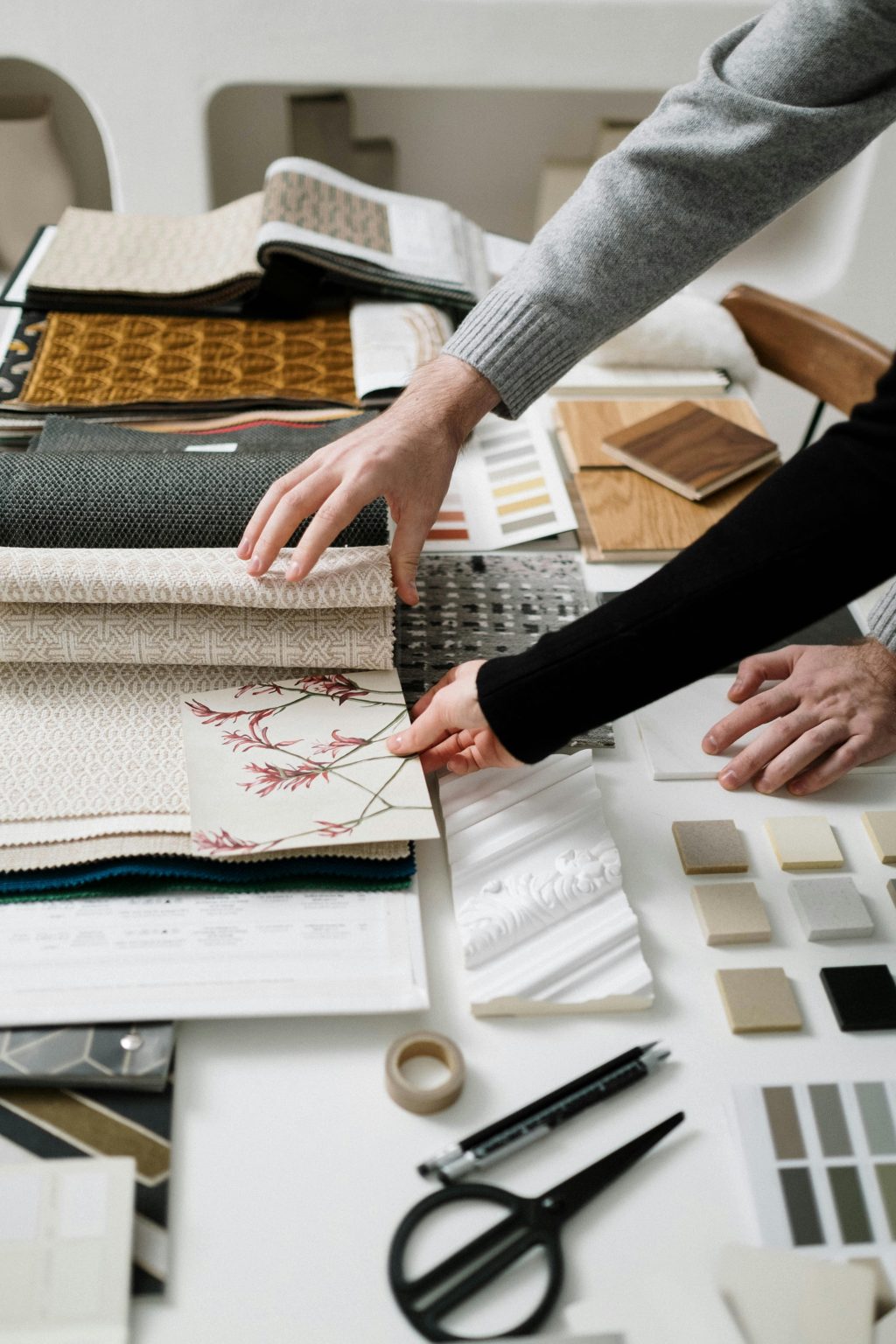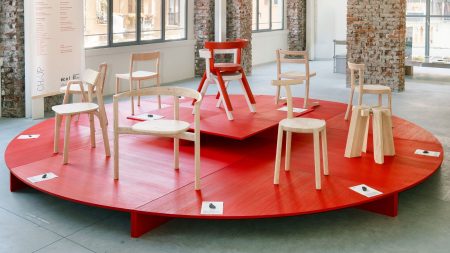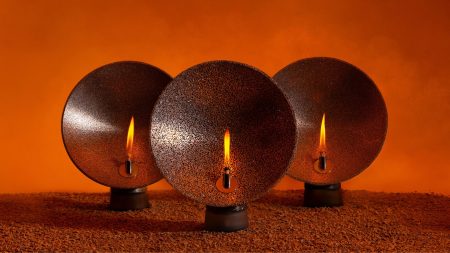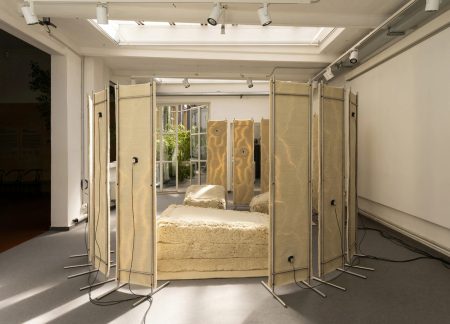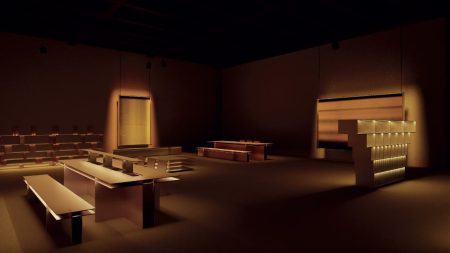- Molly Woodward-Moor, interior designer and creative director at Stone Superstore shares the interior trends that should be left in 2024
- 2025 trends include castlecore, artisanal details, alongside mix and maximalist.
As we move through 2025, interior trends are shifting to cosier, welcoming spaces that embrace playful pops of colour. The design trends that we will see throughout the year will shape up to be more intentional and versatile compared to the fleeting and overly stylised trends of 2024.
From an overdone design scheme, influencer-led aesthetics, and minimalism, Molly Woodward-Moor, interior designer and creative director at Stone Superstore shares interior trends that should be left in 2024, alongside how interior trends will shift this year.
Minimalist is out, making room for mix maximalist:
The minimalist interior trend is gradually losing its grip in interiors, not because people don’t appreciate clean and sleek aesthetics, but because the way we live and perceive our spaces has evolved.
Minimalism’s emphasis on clean lines and neutral palettes can leave a room feeling sterile and impersonal. A minimalist space can often feel more like a hotel room or a generic space, due to the lack of personalisation, warmth, or emotional connection. While they can be peaceful spaces, more often than not, it becomes a space that feels detached or impersonal as people emphasise perfectly clean, uncluttered spaces over character.
People are craving spaces that feel more lived-in and welcoming, turning to more vibrant spaces to escape from a feeling of monotony and one of Pinterest’s 2025 key interior trend predictions for this year is mix maximalist. This trend blends various aesthetics, and encourages people to embrace bold, rich colours and textures to create a space that feels alive and unique.
To achieve this aesthetic, blend vintage pieces with contemporary designs. Think vintage tiffany lamps, thrifted furniture, and retro accessories that can add personality to more modern pieces. Don’t be afraid to experiment with different textures like velvet, leather, and metallic accents. Combining multiple patterns can be striking, as long as they share a common colour or feel. Bring in collections that reflect your personality—whether it’s art, trinkets, or intentional ‘clutter’. The mix maximalist movement is a celebration of organized chaos, where the key is not just throwing random objects together but curating a space where everything has a place, even if it’s eclectic. This trend celebrates authenticity over perfection, embracing a form of “beautiful clutter” that brings life and vibrancy to a space.
Castlecore builds on gothic aesthetics:
Castlecore is one of Pinterest’s predicted trends for 2025, blending luxury with rugged romance to create a space that feels like an enchanting escape from the ordinary. It’s the perfect style for those who are drawn to whimsical décor, fantasy, and romanticism.
In many ways, castlecore can be seen as a natural evolution of the gothic trend that has gained popularity over the past year. While gothic design focuses on dark, moody color schemes and brooding atmospheres, castlecore shifts toward a warmer, more inviting aesthetic. Rather than relying solely on rich, dark hues, it introduces warm neutrals, deep wood tones, and intricate patterns found in ornate wallpaper and vintage-inspired artwork.
This shift represents a move away from the sometimes heavy and intense energy of gothic interiors, embracing a softer, more romantic interpretation. Castlecore still carries the mystical, dramatic undertones of gothic design but adds an element of warmth, elegance, and storytelling. It’s a celebration of luxurious comfort and historical charm, with a focus on creating a sanctuary that feels both regal and whimsically timeless.
Artisanal details take popularity over flatpack designs:
2025 trends celebrate craftsmanship, with handmade items becoming a focal point of interior spaces. Many interior trends from 2024 are beginning to feel outdated or overly predictable, and flatpack furniture, popular for its affordability, is actually being seen as ‘old-fashioned’.
Flatpack furniture is often made from mass-produced, low-quality materials that can wear down quickly. The ease of assembly often sacrifices durability, which results in furniture that might look good for a few years but lacks longevity. They also tend to follow generic, uniform designs that don’t feel very personal or unique.
People are becoming more focused on investing in pieces that have lasting value, and flatpack furniture doesn’t always offer that. High-quality, artisanal furniture made from durable materials like wood or metal has a timeless appeal that flatpack simply can’t match. With handmade items becoming a focal point for interiors this year, they emphasise deliberately imperfect details, hand-painted patterns, and glazed finishes that embody a unique, one-of-a-kind quality. Artisinal tiles and décor bring character and individuality to interiors.


